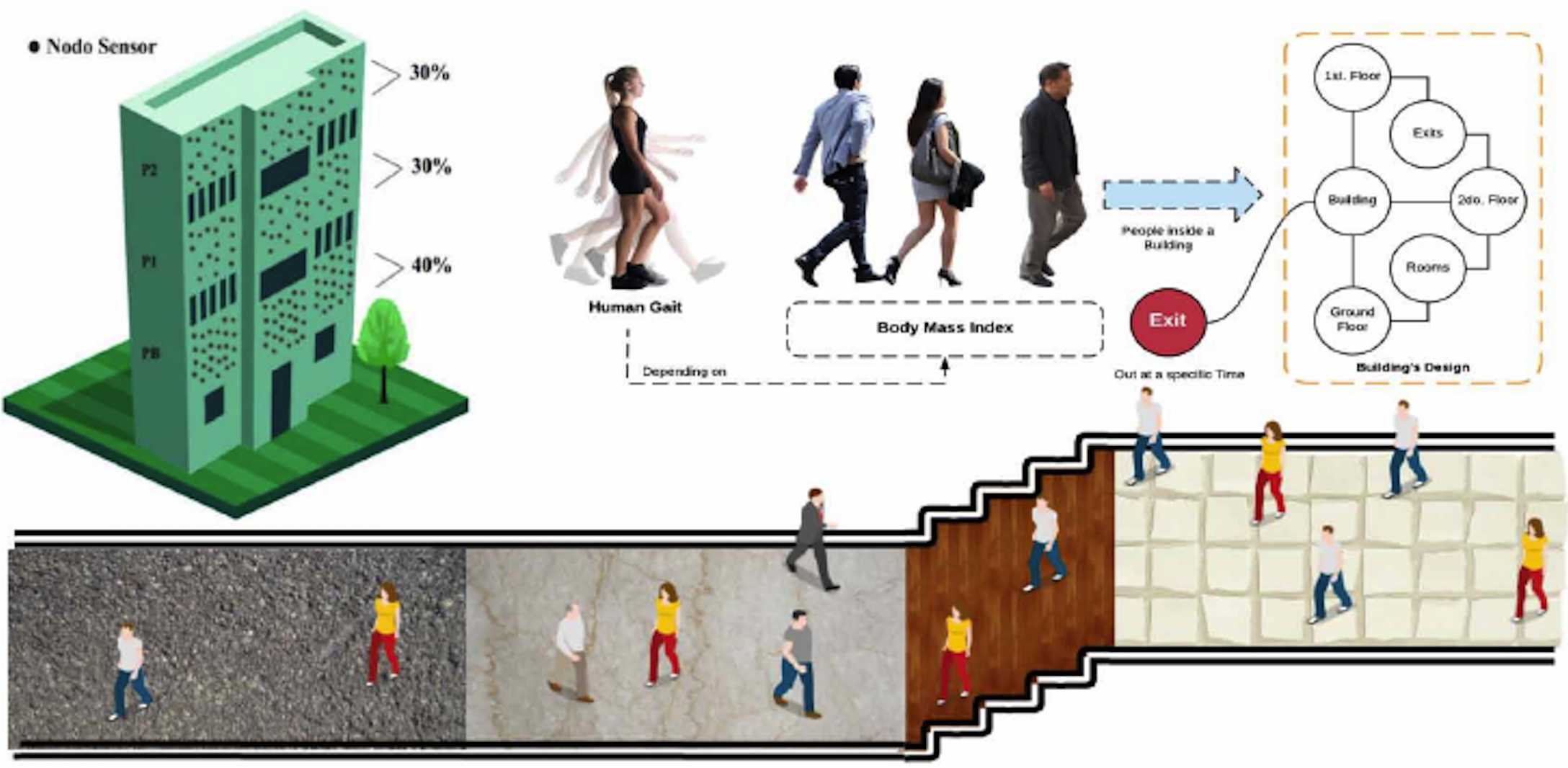Contribution to public health data processing architectures applied to resilient smart cities affected by natural hazards
The PhD thesis entitled Contribution to public health data processing architectures applied to resilient smart cities affected by natural hazards has been completed in July 2019 by Washington Velásquez Vargas under the supervision of Prof. Joaquín Salvachúa. This work has been carried out in the last three years, encompassing one of the main research lines of the GING Research Group of the IPTC-UPM: Big Data, architecture, and ap-plications. This study discusses three aspects that intervene in the sustainable development of a city such as Technology, Health, and the Natural Risks to analyze the effects of the Body Mass Index (BMI) on the survival of a person when an emergency arises and at the same time how the implemented technology in a smart city can do to assist who are more vulnerable.The analysis involves a set of simulations in different environments, starting with the incor-poration of the concept of resilience in a smart city affected by a natural disaster (earthquake). Also, the introduction of an architecture of e-health services within a smart city allowing to establish support services and quick emergency relief, and finally the incorporation of several metrics that affects the wellbeing of the human being. Among the main development, we have: 1) design of wireless sensor network (WSN) inside buildings that allows generating alerts and evacuation routes focused on fires and earthquakes; 2) visualization of events (messages) from rooms that are on alert and can cause damage to humans; 3) analysis and models of the communication flow for a WSN; 4) study of the spread of wildfires to propose rapid evacuation and early warning to relief agencies; 5) the reper-cussions of BMI in human gait when evacuating a building (response times); 6) BMI analysis of people who have specific cardiovascular disease; 7) and, finally, an innovative analysis to find the building risk using a model of human gait focused on BMI.



